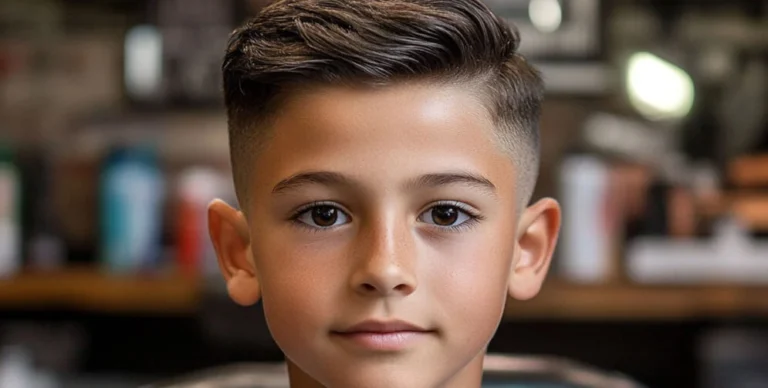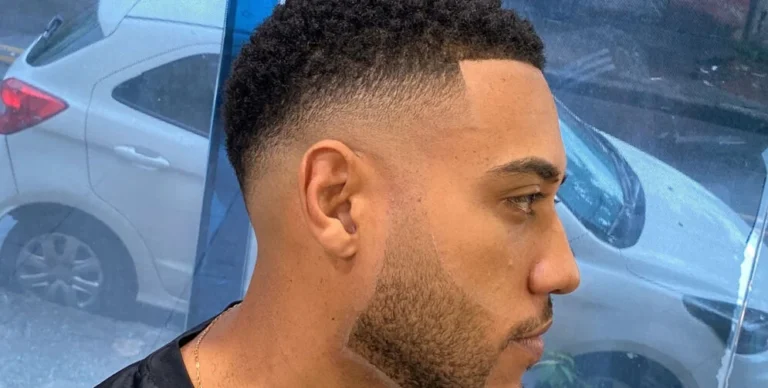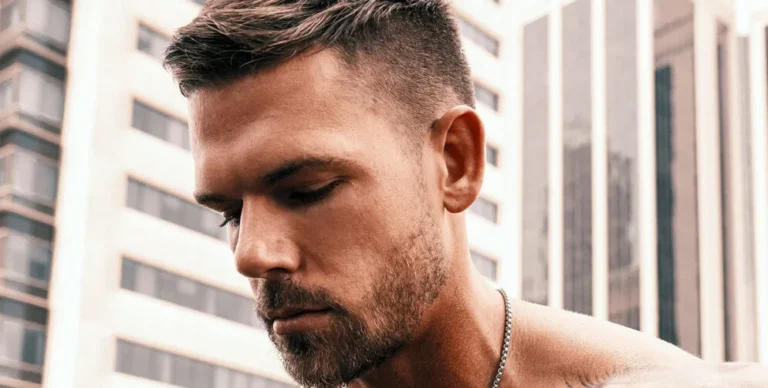Taper vs Fade: The Ultimate Expert Guide for Men in 2025

Last week, I watched a guy walk into a barbershop and confidently ask for a “taper fade.” The barber paused, smiled, and replied: “Do you mean a taper or a fade? They’re not the same.” That moment of confusion happens to men every single day.
Surprisingly, even many barbers use the terms interchangeably, which only makes the decision harder. And yet, choosing the wrong cut can completely change your look — sometimes for the better, sometimes for the worse.
So what’s the real difference between a taper and fade haircut in 2025? A taper gradually shortens the hair toward the neckline, leaving some length, while a fade blends seamlessly down to the skin for a sharper, bolder edge.
In this complete guide, we’ll break down:
- The exact difference between a taper and a fade
- When to pick one over the other based on your face shape, lifestyle, and hair type
- The popular variations (low, mid, high, skin, drop, burst, and taper fades)
- Step-by-step tips to style and maintain your cut like a pro
By the end, you’ll never be confused in the barber’s chair again — and you’ll save both time and money by choosing the right cut from the start.
What Is a Taper vs Fade?
If you’ve ever wondered “what is a taper vs fade haircut?”, here’s the simplest way to think about it:
What Is a Taper Haircut?
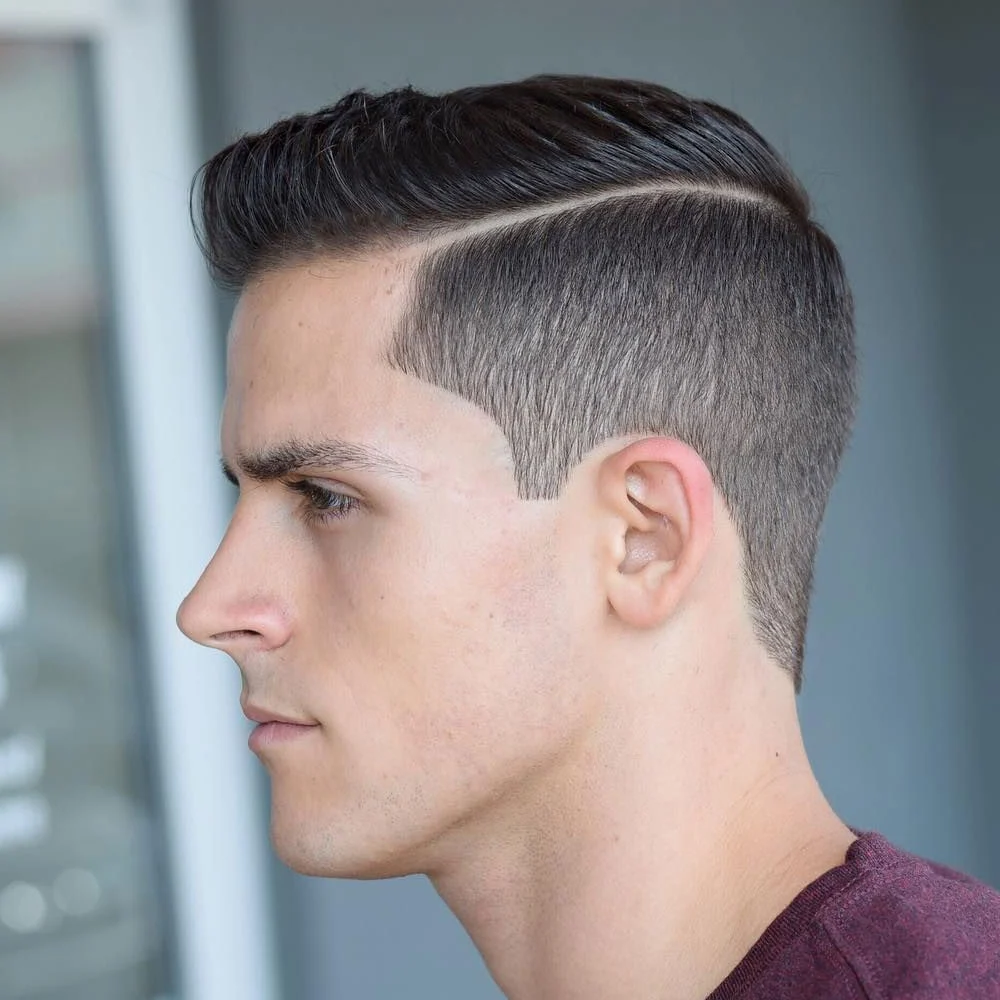
A taper haircut gradually reduces the length of the hair from the top down to the neckline and around the ears — but it doesn’t go all the way to the skin. You’ll still see some hair at the end of the taper, which keeps the look clean, professional, and easy to wear in any setting. Think of it as a slow fade-out in music — smooth, subtle, and classy.
Many people assume fades always look sharper, but a taper can actually stay stylish for longer with less effort.
Case Example: One of my clients, David, worked in a corporate office. He loved the idea of a fade but hated the weekly upkeep. After switching to a taper, he looked just as sharp but only needed a trim every 3–4 weeks — saving both time and money while keeping HR happy.
Pro Tool Mention: This cut was done with the Wahl Senior Clippers, which are known for clean taper blends without over-cutting.
What Is A Fade?
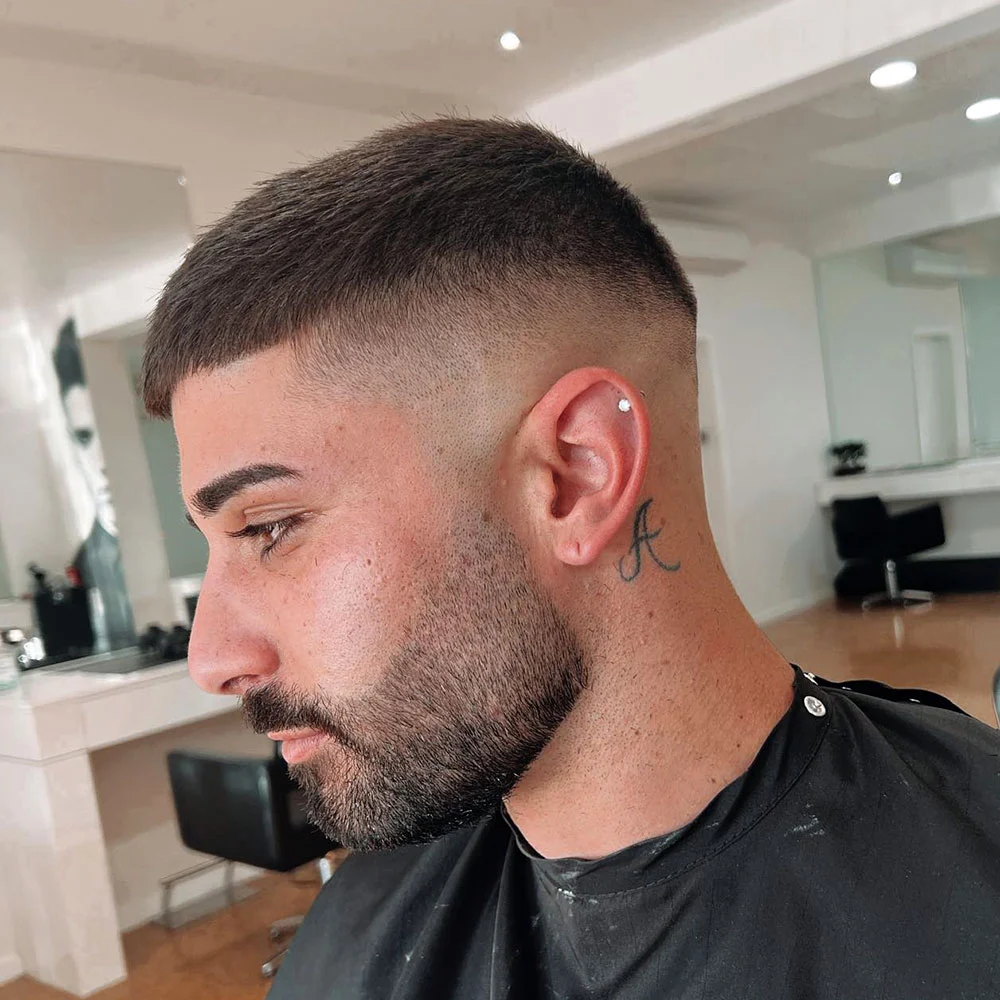
A fade haircut takes the blending a step further. Instead of stopping short of the skin, the hair is cut progressively shorter until it disappears completely into the skin. The result is a sharper, more dramatic look that instantly feels modern and edgy. Imagine a clean gradient where the hair literally “fades” into nothing.
Surprisingly, even many barbers use “fade” and “taper” interchangeably, but a fade is always more dramatic because it fully exposes the skin.
Case Example: Another client, Richard, was a musician who wanted a bold, standout look for stage performances. He chose a skin fade, and the crisp edges gave him a modern, attention-grabbing vibe that matched his artistic persona.
Pro Tool Mention: This skin fade was shaped with the Andis Master Clippers, giving him that razor-sharp finish perfect for stage lights.
Taper Fade vs Fade
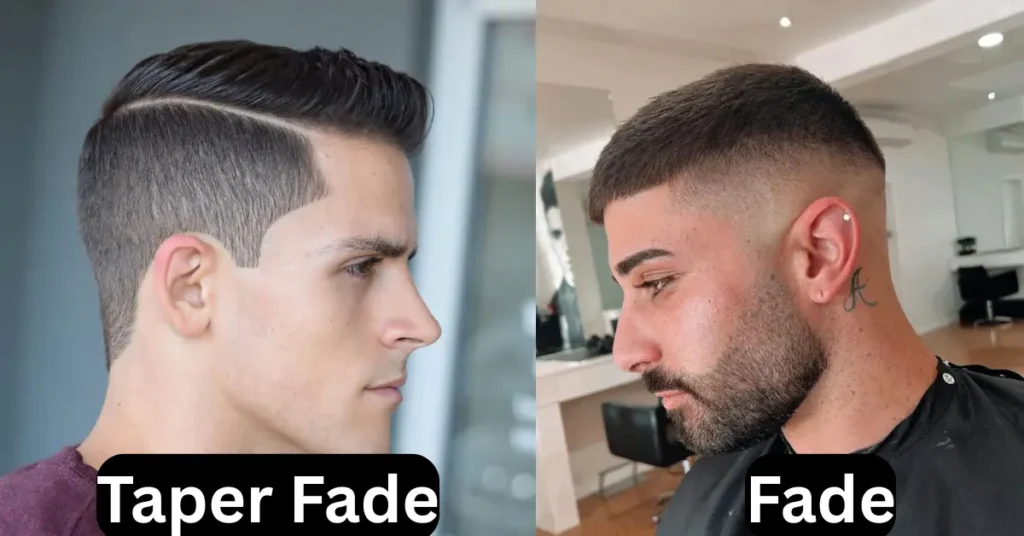
This is where most people get confused. A taper fade is a hybrid — it follows the gentle blending of a taper but finishes with the clean, skin-level transition of a fade. In other words, it gives you the subtlety of a taper with the crisp finish of a fade.
A lot of men think they have to pick one or the other, but the taper fade actually gives you the “best of both worlds” option.
Quick recap:
- Taper = gradual, leaves hair at the neckline
- Fade = blended down to skin
- Taper Fade = mix of both
Pro Tool Mention: Many barbers prefer the BabylissPro FX Clippers for hybrid cuts like taper fades because of their precision blades.
Key Differences Between Taper and Fade
Ever walked out of the barber’s chair thinking you asked for a fade but got a taper instead? You’re not alone. Even experienced barbers sometimes mix up these two cuts — but the truth is, the difference is sharper than you think.
Most people assume fades always look fresher, but the reality is that a taper can often last longer since it grows out more naturally.
A taper gradually shortens the hair around the sideburns and neckline without going all the way down to the skin. The look stays subtle, professional, and neat.
A fade, on the other hand, blends right into the skin (or very close to it), giving a sharp, bold, and modern finish — but one that needs touch-ups every two to three weeks.
Real Example: Taper vs Fade in Daily Life
Devoid, a client who works in banking, once went for a skin fade because it was trendy. Within two weeks, he had to go back for another trim to keep it sharp. Later, when he switched to a taper, his haircut stayed clean for nearly a month — saving him both time and money.
Tools Barbers Use
For fades, most barbers rely on professional clippers like Wahl Senior or Andis Master, while tapers often involve scissor-over-comb work to keep the finish soft and natural.
Quick Recap:
- Taper = Subtle, professional, longer-lasting, low-maintenance
Fade = Bold, sharp, modern, needs frequent touch-ups
Types of Tapers & Fades
When you tell your barber you want a “taper” or a “fade,” the next question is always: “Which type?” Each variation has its own vibe, maintenance needs, and best use case. Adding a visual reference (like haircut photos) helps readers immediately spot the difference.
Types of Tapers
Low Taper

A low taper starts just above the ears and neckline. The fade-out is subtle, keeping most of the side length intact. It’s professional, understated, and perfect for school, work, or formal settings.
- Best for: Guys who want a clean cut without looking too flashy.
- Maintenance: Touch-ups every 3–4 weeks.
Pro Tool Mention:Wahl Magic Clip is a barber favorite for creating smooth low tapers.
High Taper

A high taper starts higher on the head, usually around the temples, giving more contrast between the top and sides. It’s trendier and more noticeable than a low taper.
- Contrarian Insight: Many assume high tapers are “too bold” for work, but paired with longer hair on top, they balance style and professionalism.
- Best for: Men with thicker or curly hair who want sharper definition.
- Pro Tool Mention: Clippers with adjustable levers like the Andis Master help create clean, sharp high tapers.
Skin Taper
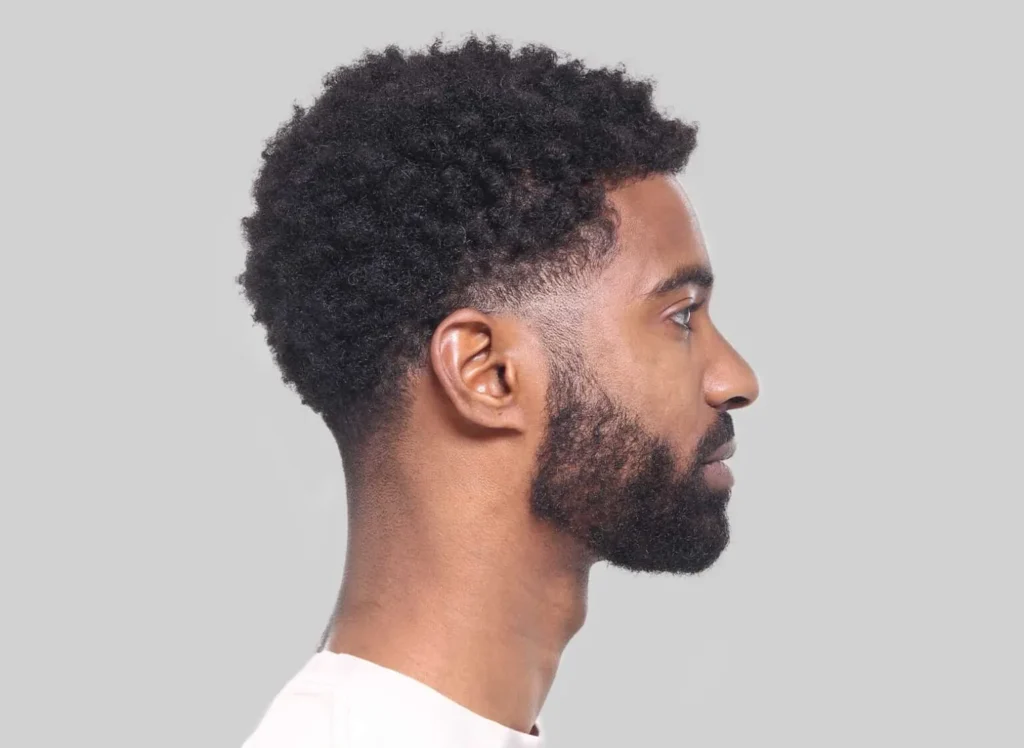
A skin taper takes the edges (sideburns and neckline) right down to bare skin — but only in those areas, unlike a fade which does it all around. It’s sharp without being extreme.
- Best for: Guys who like clean edges but don’t want a full fade.
- Maintenance: Every 2–3 weeks to keep the skin line fresh.
- Pro Tool Mention: BabylissPro FX Clippers (zero-gapped) are often used for skin tapers.
Quick Recap (Tapers):
- Low Taper = Subtle, professional, low-maintenance
- High Taper = Noticeable, trendy, sharp definition
- Skin Taper = Clean edges, fresh but less dramatic than a fade
Types of Fades
Low Fade
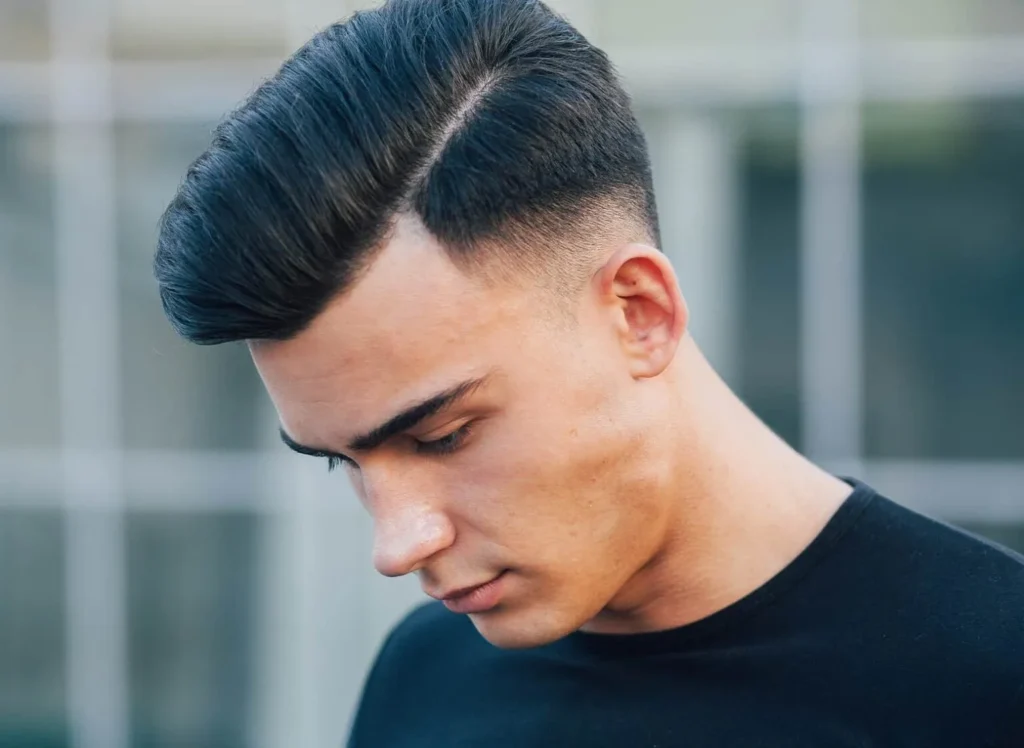
The low fade blends the hair down to skin just above the ears. It’s subtle yet stylish, making it one of the most popular options.
Best for: Office workers or students who want a modern look without going too bold.
Mid Fade
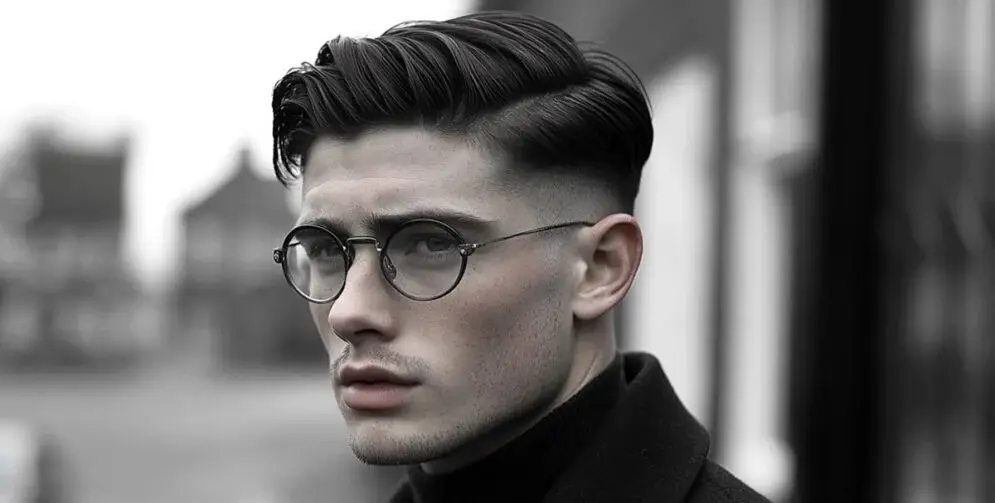
The mid fade tapers halfway up the sides, striking the perfect balance between subtle and bold. Works with most face shapes and hair types.
- Best for: Men who can’t decide between low and high fades.
High Fade
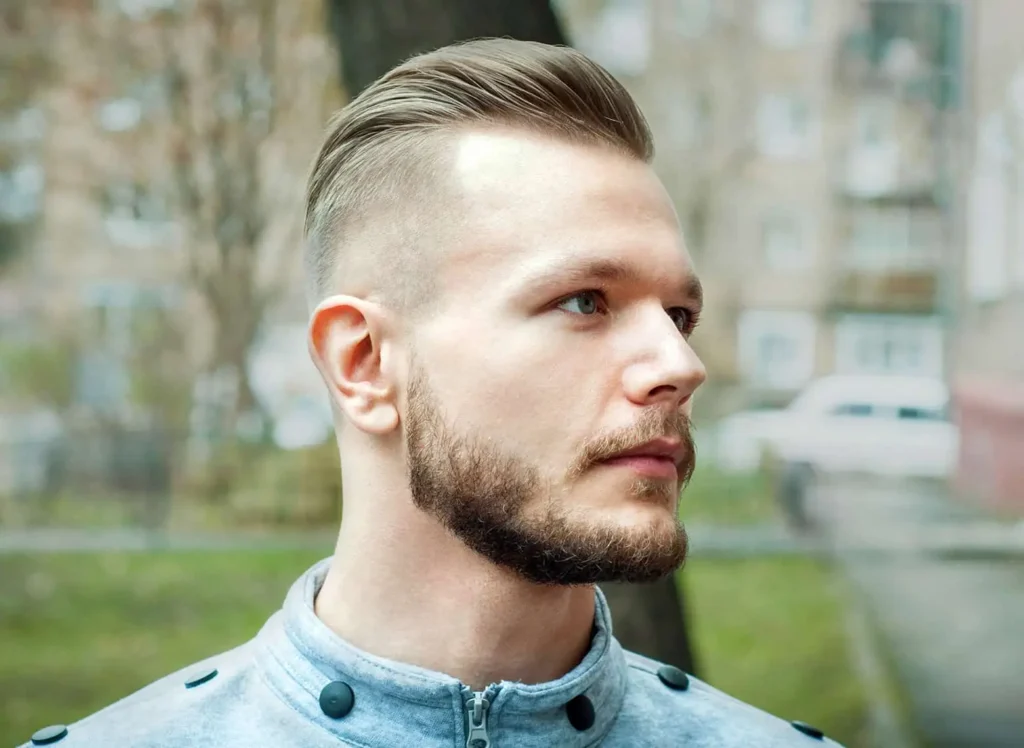
The high fade starts near the temples, creating dramatic contrast between the top and sides. It’s bold and attention-grabbing.
Many think high fades are “too edgy,” but styled with longer tops (like a comb-over), they can look very refined.
Best for: Athletes, influencers, or anyone wanting a statement cut.
Drop Fade
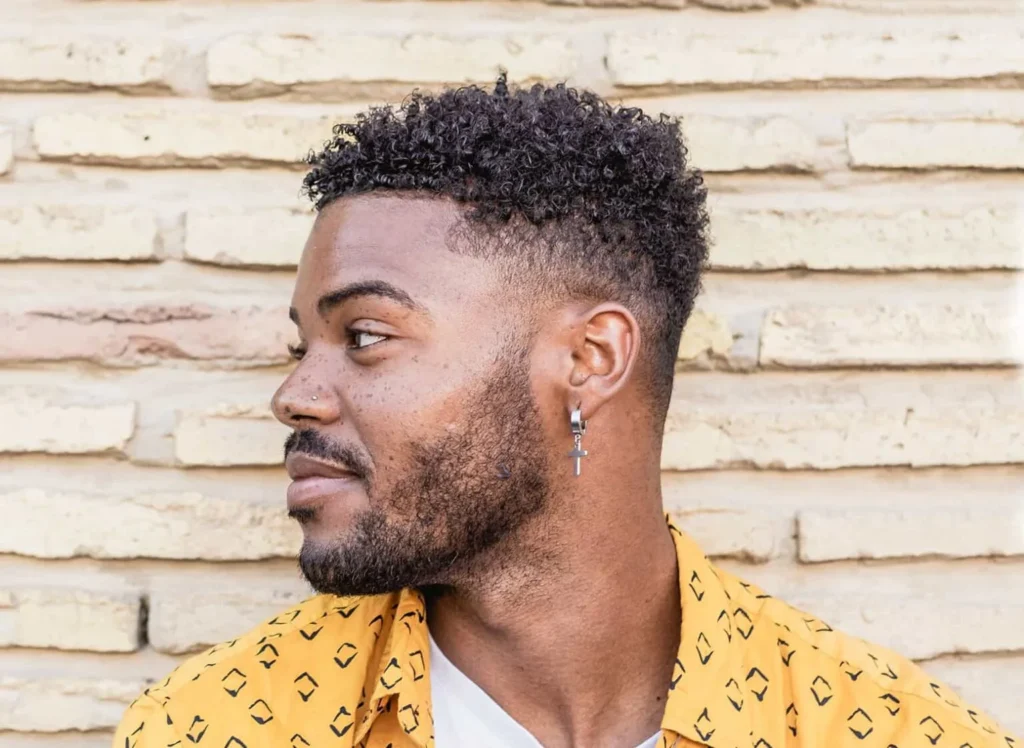
A drop fade curves around the ear and drops lower at the back of the head, giving a unique shape. It works beautifully with curly or wavy textures.
- Best for: Men with textured or curly hair.
Skin Fade
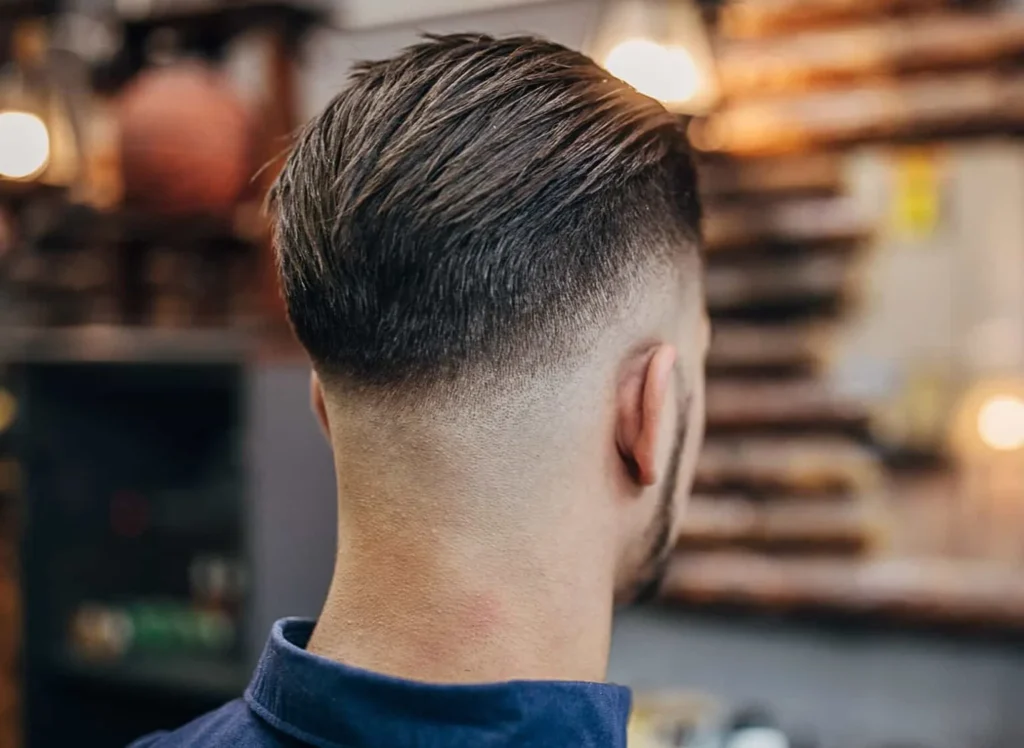
The skin fade takes the hair completely down to the skin all around the sides and back. It’s the cleanest, sharpest fade style, but also the highest maintenance.
- Best for: Trendy, fashion-forward looks.
Maintenance: Touch-ups every 1–2 weeks.
Burst Fade
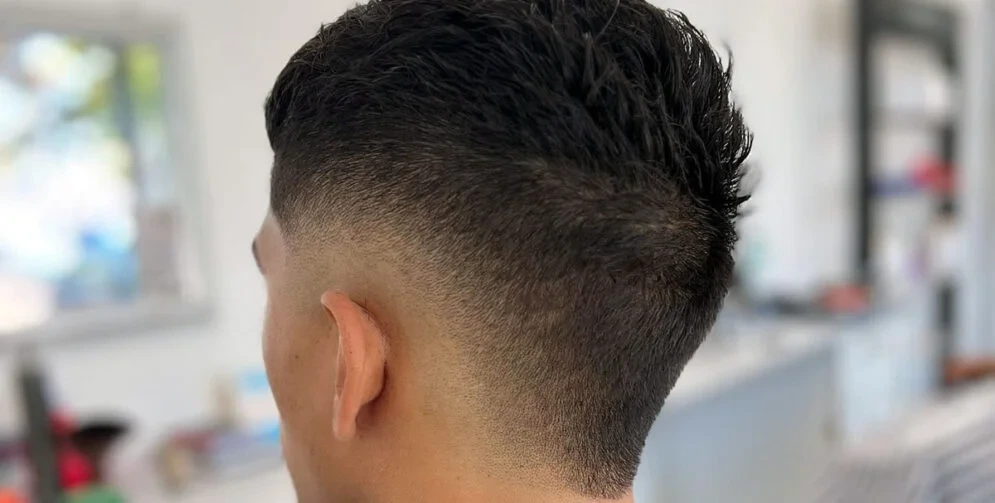
The burst fade focuses around the ear, leaving length at the back. It’s often paired with mohawks, mullets, or creative cuts.
Best for: Guys looking for bold, experimental styles.
Quick Recap (Fades):
- Low Fade = Subtle, workplace-friendly
- Mid Fade = Balanced, suits most face shapes
- High Fade = Bold, trendy, attention-grabbing
- Drop Fade = Curved, perfect for curly/wavy hair
- Skin Fade = Ultra-clean, sharp, high-maintenance
- Burst Fade = Edgy, creative, best with mohawks/mullets
Taper Fade: The Best of Both Worlds
What is a Taper Fade?
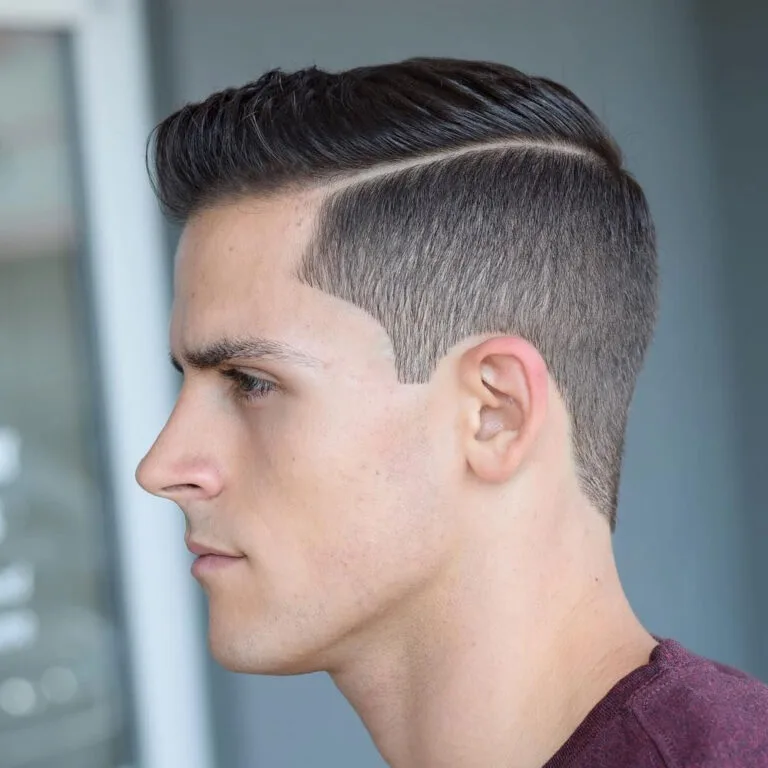
A taper fade combines the gradual blending of a taper with the sharp, skin-level finish of a fade. It’s subtle where you want it, and bold where it counts, making it versatile for both casual and professional settings.
Many men think they must choose between subtle or bold, but the taper fade proves you can have both.
Best For: Anyone wanting a polished yet modern look; suits office workers, students, and style-conscious professionals alike.
Maintenance: Every 2–3 weeks depending on hair growth and fade type
Pro Tool: BabylissPro FX Clippers or Wahl Senior for hybrid precision
Quick Recap: Taper fade = subtle + sharp | Versatile, suits many lifestyles
Taper Fade vs Taper
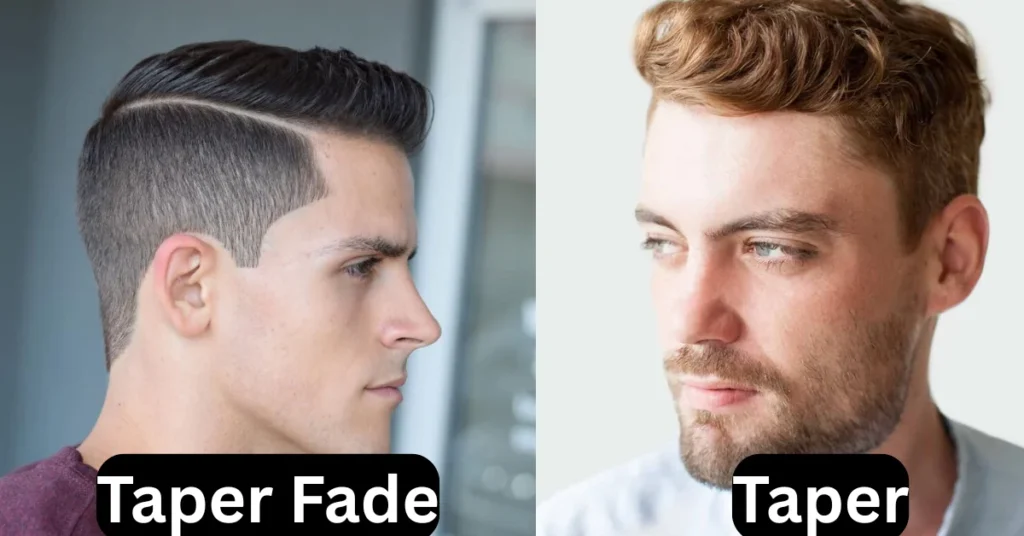
- Difference: A pure taper keeps the hair longer near the neckline, whereas a taper fade adds a skin-level transition for a cleaner, sharper finish.
Some think a taper fade is “too dramatic,” but it actually maintains professionalism while looking modern. - Best For: Men who want low-maintenance professionalism with a touch of boldness.
- Maintenance: Trim every 2–3 weeks
- Pro Tool: Wahl Senior Clippers for soft taper + BabylissPro FX for fade edges
Quick Recap: Taper = subtle, long-lasting | Taper Fade = subtle + crisp, slightly more maintenance
Taper Fade vs Fade
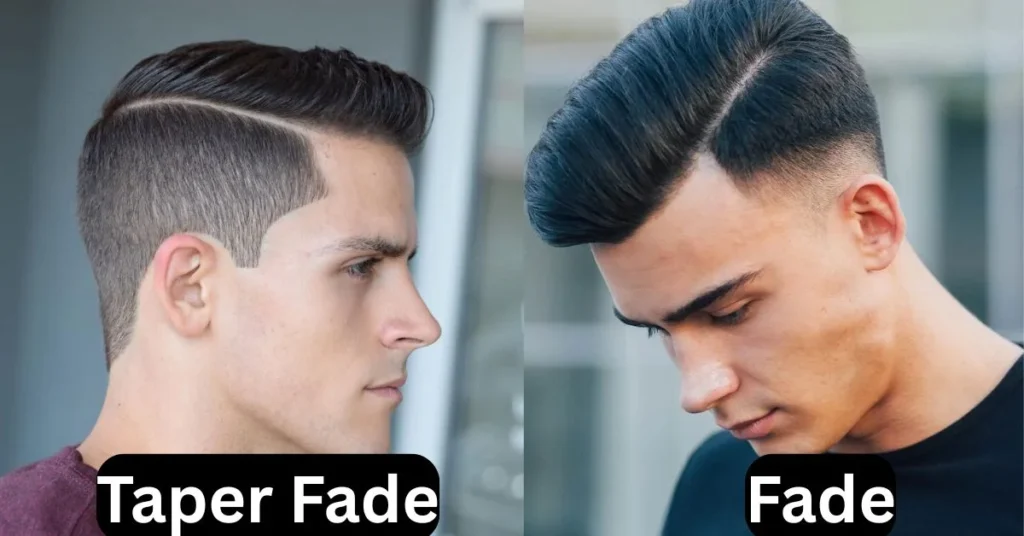
- Difference: A fade goes fully to skin all around, creating a bold, edgy appearance. Taper fade blends gradually then finishes with a skin-level transition only where needed.
Many assume fades always look sharper, but a taper fade can achieve similar boldness without looking overdone. - Best For: Men who want a modern, attention-grabbing cut without extreme upkeep.
- Maintenance: Fade areas may need touch-ups every 1–2 weeks; taper areas every 2–3 weeks
- Pro Tool: Andis Master Clippers for sharp fade, Wahl Senior for taper blending
Quick Recap: Fade = bold + edgy | Taper Fade = versatile + polished
Styling & Maintenance Guide
How to Style a Taper Cut at Home
Styling a taper is all about keeping the natural flow while enhancing texture. If you want to style a taper haircut at home, here’s a simple routine:
- Start with clean, towel-dried hair.
- Apply a light styling cream or pomade for hold without stiffness.
- Use a comb to direct hair naturally toward the sides and back.
- For curly or wavy hair, scrunch lightly with fingers for texture.
- Finish with a light mist of hairspray for lasting hold.
Many men over-style tapers, but less is more — subtle movement keeps it professional.
Pro Tool: Scissors-over-comb or Wahl Senior Clippers for small touch-ups.
Maintenance: Trim every 3–4 weeks to maintain clean lines.
Quick Recap: Taper styling = natural + subtle | Minimal product | Low-maintenance
Tip: Doing small daily touch-ups helps you style your taper at home effortlessly.
How to Style a Fade at Home
Fades need sharper attention to edges and blending. To style a fade haircut at home like a pro:
- Start with damp hair.
- Use a styling pomade or gel for sleek, polished look.
- Comb or brush top hair into desired style (comb-over, spiky, or slick-back).
- Focus on edges: temples, neckline, and sideburns.
- Optional: Use a trimmer for touch-ups on temples and neckline.
High-maintenance fades don’t always mean better style — a mid fade can look just as bold with less upkeep.
Pro Tool: Andis Master or BabylissPro FX Clippers for sharp edges.
Maintenance: Touch-ups every 1–2 weeks for a clean fade look.
Quick Recap: Fade styling = sharp + polished | Requires regular upkeep | Tools essential
Tip: A few quick trims each week make it easier to style your fade at home without overdoing it.
Grooming & Daily Care
- Wash hair 2–3 times a week to avoid over-drying.
- Use a conditioner to maintain softness, especially for curly hair.
- Brush or comb daily to keep lines smooth.
- Minimal product use prevents buildup.
Quick Recap: Healthy hair + proper tools = long-lasting style | Minimal product | Consistent grooming.
Pro Tip: Consistent grooming ensures both tapers and fades stay fresh even when you style them at home.
Expert Insights & Case Studies
Which Lasts Longer — Taper or Fade?
Many assume fades always look sharper and last longer, but the reality is different. A taper often lasts longer because it grows out naturally without showing abrupt lines.
- Taper: Maintains a clean, subtle look for 3–4 weeks.
- Fade: Requires touch-ups every 1–2 weeks depending on type (skin/high fade = shortest interval).
Mini Case Study:
Ali, 27, a banker, switched from a skin fade to a low taper. He noticed less frequent barber visits and still looked sharp for office meetings.
Pro Tool Mention: Wahl Senior Clippers for tapers, Andis Master for fades.
Quick Recap:
- Taper = low-maintenance, long-lasting
- Fade = sharp, high-maintenance
Which Suits Different Face Shapes?
Face shape determines which cut enhances your features:
- Round Face: Taper adds subtle length, slimming effect.
- Square Face: Fade highlights jawline; taper keeps it professional.
- Oval Face: Both cuts work well; choose based on style preference.
- Diamond Face: Drop or burst fades balance narrow chin areas.
Mini Case Example:
Omar, 24, chose a drop fade for his wedding photos. The fade emphasized his cheekbones without looking overdone.
Pro Tip: Adjust fade height or taper start according to hair density and face symmetry.
Quick Recap:
- Taper = works for round, square, oval faces
- Fade = works for oval, square, diamond faces
- Choose based on style + occasion
Professional vs Casual Occasions
- Taper: Perfect for office, corporate events, school — professional yet stylish.
- Fade: Best for parties, weddings, stage, or trendy photoshoots — bold and attention-grabbing.
Mini Case Study:
Guy, a corporate lawyer, prefers a taper for workdays. On weekends, he switches to a mid fade for social events.
Tool Insight: Scissors-over-comb for tapers, BabylissPro FX Clippers for fades.
Quick Recap:
- Taper = professional + versatile
- Fade = casual + bold
FAQs
What is a taper vs fade?
A taper gradually shortens hair toward the neckline, leaving some length, while a fade blends hair down to the skin for a sharper, bolder finish.
Many people assume a fade always looks cleaner, but a taper can actually look stylish longer with less maintenance.
What is a taper fade vs fade?
A taper fade combines the gradual blending of a taper with the skin-level finish of a fade, giving you the best of both worlds.
Mini Case Example: Kerry switched to a taper fade and got subtle style with sharp edges — perfect for both office and casual outings.
What is a fade vs taper?
It’s the same as Q1: a fade goes all the way to the skin, while a taper stops short, leaving some hair at the edges.
What is a taper haircut vs fade?
A taper haircut keeps hair longer at the neckline and ears for a smooth, professional look. A fade is more dramatic, reducing hair to the skin for boldness.
Which is better, a taper or a fade?
It depends on lifestyle and face shape:
- Taper = low-maintenance, professional
Fade = trendy, bold, high-maintenance
Is a taper a low fade?
No. A low fade blends hair down to skin just above the ears, while a low taper leaves some hair at the edges for subtlety.
Do tapers last longer than fades?
Yes. Because tapers grow out naturally, they often stay clean for 3–4 weeks. Fades, especially skin and high fades, need frequent touch-ups (1–2 weeks).
Conclusion
Choosing between a taper and a fade doesn’t have to be confusing. Here’s the quick takeaway:
Quick Recap:
- Taper: Subtle, professional, low-maintenance, lasts 3–4 weeks
- Fade: Bold, sharp, modern, high-maintenance, touch-ups every 1–2 weeks
- Taper Fade: Hybrid, best of both worlds — stylish with precise edges
Styling Recommendation:
- For a professional, long-lasting look → choose a taper
- For trendy, attention-grabbing style → go for a fade
- For balanced style → taper fade is ideal
Contrarian Closure:
The real secret? It’s not about choosing the “best” cut — it’s about choosing the cut that grows out the best for you.
Mini Case Closure:
Just like Kerry the lawyer who rocks a taper at work and a fade on weekends — you can switch styles based on your vibe.
Whether it’s taper vs fade or the hybrid taper fade — your haircut defines your style and confidence.



